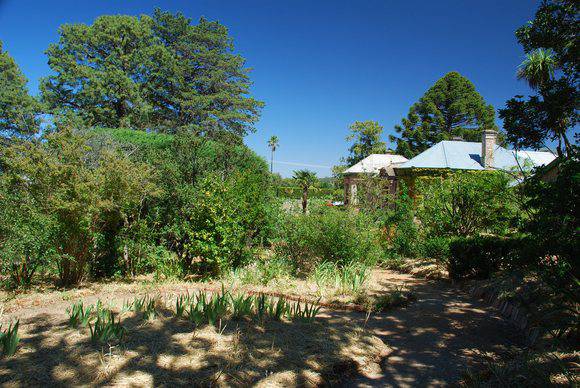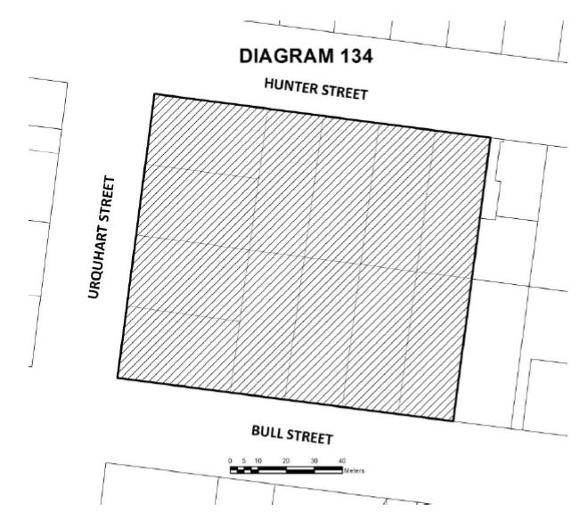| Back to search results » | Back to search page » |
|
BUDA
Location42-48 HUNTER STREET CASTLEMAINE, MOUNT ALEXANDER SHIRE
File Number603553 [ 1 - 3 ]LevelRegistered |
|
Statement of Significance
What is significant? How is it significant? Why is it significant? Buda House and Garden are of historical and social importance for its association over 120 years with the notable Hungarian born silversmith and jeweller, Ernest Leviny, and his children. The design of the place reflects the cosmopolitan character of Castlemaine, the site of the richest alluvial goldfields in Central Victoria. Buda House, inclusive of its garden design, plants, outdoor structures, interiors and contents, is architecturally significant for its authenticity and rarity as a complete family estate, an intact record from the 1850s-60s Victorian Central Goldfields, the focus of one of the great 19th century gold rushes of the world. [Online Data Upgrade Project 2001]
Buda is a single storey 1863 Italianate villa with grand 1890s classical baroque front entrance and octagonal additions, complemented by three acres of mature dry climate garden. The garden is designed in a series of picturesque compartments, some containing oriental inspired garden structures such as the bird aviary, pergola walk and tennis pavilion. The complex is located in the heart of Castlemaine, in the Central Goldfields of Victoria. The property is the artistic creation of Ernest Leviny (1818-1905), a Hungarian émigré, silversmith and jeweller, trained in Vienna and Paris, noted for his contribution to the development of a unique Australian artistic style, combining indigenous Australian motifs with classical allegories, which won him both local and European acclaim. In 1863, he purchased Delhi Villa (circa 1861) from Reverend James Smith, a Baptist missionary returned from India. Initially, planning to develop Kaweka estate nearby, Leviny turned his attention to Delhi Villa, later in life, renaming it Buda, developing the family home into a large estate for his wife and eight children. On the death of their father in 1905, the Leviny sisters, re-decorated Buda house and garden in the style of the emerging Australian Arts and Craft Movement. Their collective craftworks, furniture and paintings of a number of important Australian women artists of the time, including examples of Margaret Preston and Norbertine Bresslern-Roths work, together with the complete contents of the house were bequeathed to the Castlemaine Art Gallery and Historical Museum at the request of Hilda, the last remaining sibling, on her death in 1981.
Buda House and Garden are of historical, aesthetic, social and architectural significance to the State of Victoria.
Buda House, contents and garden is of exceptional aesthetic significance, displaying the creative and artistic genius of Ernest Leviny and his daughters. The combined works are strongly influenced by the hot dry climate of the locality, showing early development of an indigenous character to an Australian Settler aesthetic style, created by the buoyant success and aspirations of the European gold seekers in the Victorian Goldfields. It was modified later by the Leviny daughters, whose style illustrates a feminine decorative art form associated with the emergence of early 20th century Australian Arts and Crafts Movement, a precursor to Modernism.
Group
Residential buildings (private)
Category
Villa








